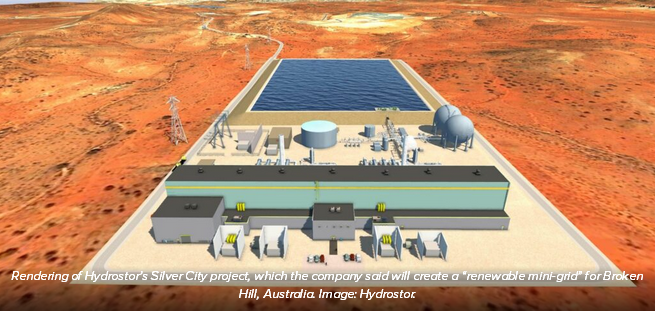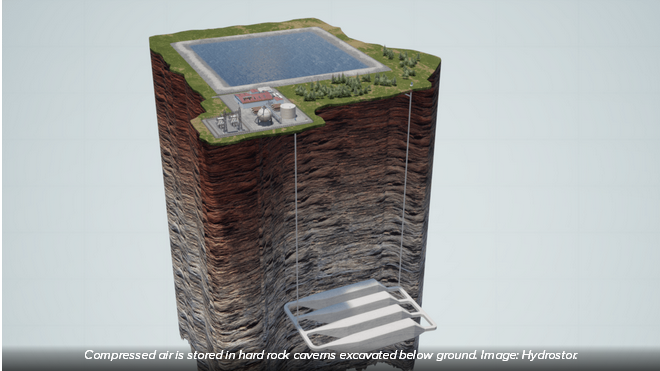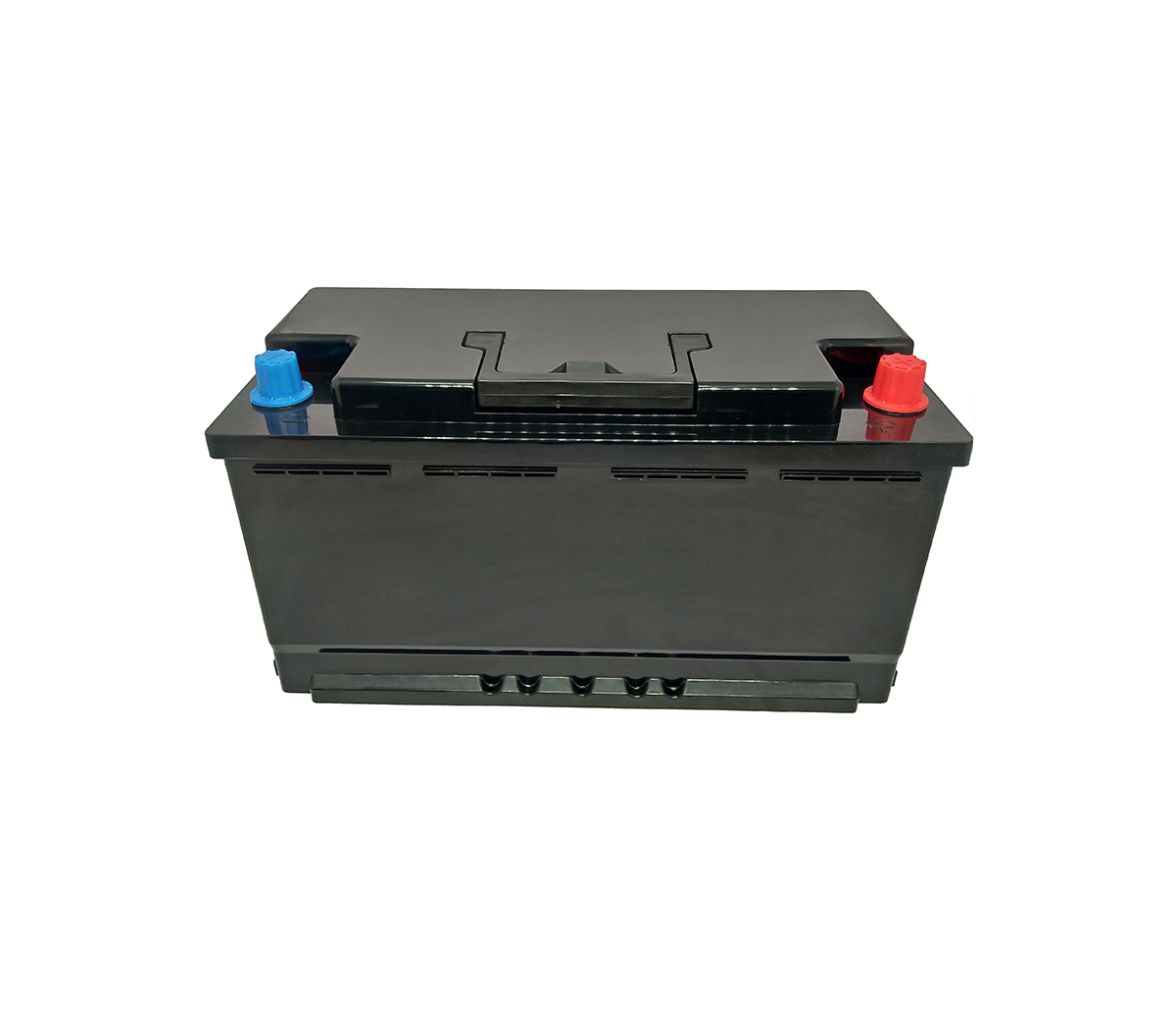Australian city of Broken Hill to adopt compressed air energy storage
technology
Although in the past ten years, lithium battery energy storage, especially
lithium iron phosphate battery, which can perfectly replace lead-acid batteries,
has gradually gained more and more in the energy storage category because of its
advantages of long life, high safety performance, environmental protection, and
low price. more important position. However, there is still a huge market demand
for other energy storage methods, because many scenarios are not suitable for
using lithium battery energy storage. Although SES Power mainly focuses on
lithium battery energy storage products, it has nearly two decades of
experience, such as We use 12V100Ah, 12V200Ah, 48V100Ah, and even 120V300Ah
energy storage systems made of square aluminum-shell lithium iron phosphate
cells from famous cell manufacturers such as CATL and EVE. We still care about
the application of other types of energy storage methods.
Australian transmission network operator Transgrid has selected "advanced
compressed air energy storage technology" developed by Hydrostor as the
preferred option for creating a backup energy supply, and will be installed in
Broken Hill, NSW, according to reports.) to deploy.
Transgrid has previously evaluated various energy storage project proposals
for deployment in the city of Broken Hill, and the winning proposal will provide
the highest net benefit locally and improve the ability to integrate renewable
energy into its grid.

(Rendering of Hydrostor's Silver City compressed air project)
Canadian energy storage developer Hydrostor, which has proprietary Advanced
Compressed Air Energy Storage (A-CAES) technology, said Transgrid has included
its proposed 200MW/1,500MWh SilverCity energy storage centre in a new project
evaluation report. The project is identified as the most suitable energy storage
project.
Marie Jordan, executive general manager of Transgrid's network, said that
Hydrostor's energy storage project is the preferred long-term energy storage
solution for high-voltage transmission network operators and is in the long-term
interest of electricity customers. The Long Duration Energy Storage System
(LDES) will be able to export stored electricity to the grid to participate in
Australia's National Electricity Market (NEM) and help the region's grid free up
more capacity to accommodate more renewable electricity.
Jordan said. "As we continue our transition to renewable energy, we must
prioritize the adoption of clean energy solutions that will effectively support
the nation's decarbonization goals and its leadership in renewable
technologies."
The city of Broken Hill is a historic mining area in western New South
Wales. More recently, it has been home to a number of utility-scale solar and
wind facilities, and the city is currently deploying a 50MW battery storage
system.
In an interview with industry media earlier this year, Hydrostor CEO Curtis
Van Walleghem said that the city of Broken Hill mainly uses diesel generators to
provide electricity. These generators have been used for up to 40 years and are
about to enter the period of mass scrapping.
Transgrid didn't want to replace these diesel generators with more fossil
fuels, so it worked hard to find clean energy. Hydrostor's Silver City energy
storage project has been awarded a transmission reliability contract from the
power system operator, and the storage developer hopes to stack this revenue
stream with funding from Australia's National Electricity Market (NEM), in
partnership with local government and Energy traders reach a deal.
Hydrostor's Walleghem said he believed the project could be completed and
operational by 2025 or earlier.

(Hydrostor's energy storage project stores compressed air in underground
hard rock caves)
While Hydrostor has only one commercial operation so far, a 2.2MW
compressed air energy storage project in Ontario, Canada, lasting about five
hours, the company is developing in California and Brock Hill, Australia
Large-scale long-term energy storage projects, totaling 1.1GW/8.7GWh.
Walleghem said the company could provide the technology to customers or,
like BrokenHill and its two energy storage projects in California, identify
development opportunities for projects and enter the development process
itself.
The Hydrostor technology is known as the "Advanced Compressed Air Energy
Storage System" (A-CAES) because it provides some significant improvements to
the compressed air energy storage technology that has been operating for several
years at two compressed air energy storage projects in the United States and
Germany, with a total installed capacity of 400MW.
The main point is that, unlike traditional compressed air technology,
advanced compressed air energy storage systems do not require the use of
electricity from fossil fuel power plants to preheat the air for expansion.
Instead, it uses what Walleghem says is a very simple and reliable thermal
management system that stores the heat generated when the air is compressed by
heating water, and then uses the hot water in a subsequent air expansion step.
Compared with other compressed air solutions, its efficiency is increased by
about 25%: its round-trip efficiency has increased from about 40% to about
65%.
The company also claims that, unlike pumped hydro storage (PHES) power
generation facilities, advanced compressed air energy storage systems are
relatively easy to sit and build, require far less space and water, and
geoengineering is largely limited to underground cavernous tunnels.
Hydrostor has secured a $250 million investment commitment announced by
Goldman Sachs Asset Management in January, as well as a $25 million investment
from the Canada Pension Plan Investment Board (CPP).
SES Power hopes that more and more energy storage technologies will
contribute to reducing carbon emissions in the future.




































